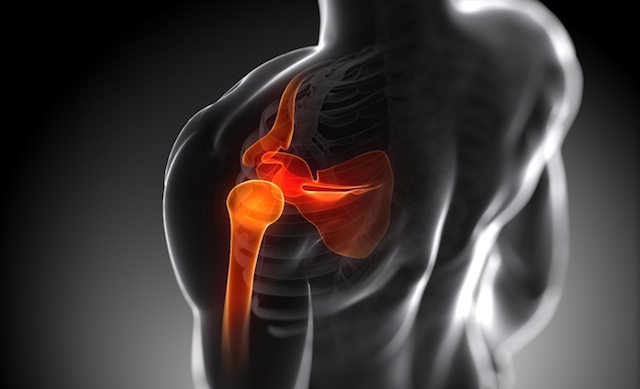
Road accidents are a significant concern globally, claiming lives and causing serious injuries daily. The complexity of road traffic systems, coupled with human error and environmental factors, makes the task of understanding and preventing road accidents both crucial and challenging.
This article delves into the multifaceted causes of road accidents, ranging from driver behavior to inadequacies in road infrastructure. By dissecting these contributing factors, we aim to highlight effective strategies for prevention that can be adopted by individuals, policymakers, and stakeholders to create safer roads for everyone.
Driver Distraction and Negligence
Driver distraction is a leading factor in road accidents. It encompasses a wide range of activities that divert the driver’s attention from the road, such as using a cell phone, eating, or adjusting the car’s systems. Vigilance is key to prevention, requiring both cultural shifts and legal enforcement to minimize these distractions.
Public awareness campaigns and strict laws are instrumental in combatting distracted driving. By educating drivers about the dangers and legal repercussions of inattention at the wheel, we can foster a road culture where safety is paramount.
Technology also offers promising solutions with advancements such as hands-free devices and driver monitoring systems. These innovations aim to reduce the need for manual interaction with devices or vehicle controls, keeping the driver’s focus squarely on their driving responsibilities. Whether it’s a lane change crash attorney or a car accident lawyer, legal experts agree that driver negligence is a significant contributor to road accidents and must be addressed comprehensively. It is vital to remember that every moment of inattention can have devastating consequences on the road.
Speeding and Risk-Taking
Excessive speed drastically reduces the time drivers have to react to unexpected events. It amplifies the severity of an accident, converting what could have been a minor mishap into a catastrophic event. Strict enforcement of speed limits, including speed cameras and fines, are proven methods of deterrence.
Community education efforts focusing on the consequences of speeding can shift attitudes and behaviors. Humanizing the statistics by sharing stories of affected families can make the dangers of reckless driving more relatable and real.
Technology has introduced adaptive speed control systems and intelligent speed assistance in modern vehicles. These systems help maintain safe speeds and can automatically adjust to speed limits, significantly reducing the likelihood of speeding-related accidents.
Influence of Alcohol and Drugs
Drugs and alcohol impair judgment, reaction time, and motor skills; it’s a lethal combination for driving, which requires high levels of cognitive function and coordination. Legal measures like random breathalyzer tests and severe penalties for DUI offenses are critical for deterrence.
Educational programs, particularly those targeting young and new drivers, can be effective. They should emphasize the risks, legal consequences, and the role of designated drivers in preventing alcohol-related accidents.
Technologies like in-car alcohol detection systems are emerging to prevent drunk driving proactively. These systems can disable a vehicle if they detect that the driver is under the influence, providing a direct and technologically advanced answer to this age-old problem.
Poor Weather Conditions
Weather conditions such as rain, fog, snow, and ice dramatically influence road safety. They can affect visibility and the vehicle’s traction, leading to hazardous driving conditions. Driver education on how to navigate these conditions safely is a critical preventive measure.
Infrastructure improvements, like better drainage systems and road surfacing to prevent hydroplaning, play a crucial role. These enhancements need investment and commitment from government agencies responsible for road maintenance.
Vehicle manufacturers continue to innovate, designing advanced safety features like anti-lock braking systems (ABS) and electronic stability control (ESC) to assist drivers in maintaining control during adverse weather conditions.
Road Infrastructure and Signage
Inadequate road infrastructure contributes significantly to accidents. This includes poorly maintained roads, unclear or insufficient signage, and problematic road designs. Regular maintenance and upgrades are essential for prevention, as is proper planning and design of new infrastructure.
Clear and abundant road signage, along with well-designed roads, aids in guiding drivers safely. These measures help in reducing confusion and the potential for accidents due to sudden maneuvers or incorrect driving decisions.
Innovative road materials and smart signs that adapt to real-time traffic conditions can greatly enhance road safety. These advancements represent a collaborative effort between civil engineers, traffic management authorities, and technology developers.
Vehicle Maintenance and Safety Features
A poorly maintained vehicle poses a risk not only to its occupants but also to others on the road. Regular, documented vehicle checkups could help mitigate this risk, ensuring that all vehicles on the road are safe to operate.
Car manufacturers continuously improve the safety features of vehicles. Safety belts, airbags, and crash avoidance systems are becoming more sophisticated. These measures aim to protect occupants in the case of an accident and, in some cases, prevent accidents from occurring in the first place.
Encouraging or mandating the use of such safety features through vehicle inspection regulations and insurance incentives can aid in ensuring that these life-saving technologies are universally adopted.
Pedestrian and Cyclist Safety
Pedestrians and cyclists are particularly vulnerable in traffic, as they lack the protective barrier that a vehicle provides. High-visibility clothing, dedicated bike lanes, and pedestrian crossings are simple yet effective ways to increase safety for these road users.
Public education campaigns can raise awareness about the rights and responsibilities of both drivers and non-motorized road users to coexist safely. Mutual respect and understanding are foundational for reducing accidents involving pedestrians and cyclists.
Smart city planning that incorporates safe pathways for pedestrians and cyclists, as well as the implementation of safety systems that alert drivers to their presence, can significantly reduce the occurrence of such accidents. It requires collaboration between city planners, road safety experts, and communities.
In conclusion, it is essential to understand that road accidents are preventable. By addressing the multifaceted causes of accidents, we can create a safer environment for all road users. It takes a collective effort from individuals, communities, policymakers, and technology innovators to reduce these tragedies and build a more secure transportation system for everyone. Let us work together towards this common goal and make the roads a safer place for all. With a comprehensive and collaborative approach, we can make a positive impact on road safety and save countless lives. So, let’s all do our part in preventing road accidents and creating a safer world for ourselves and future generations.

















Follow Us